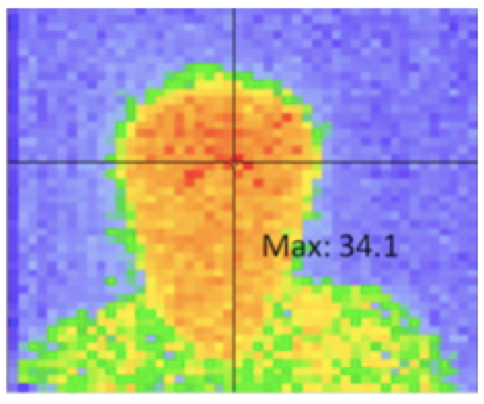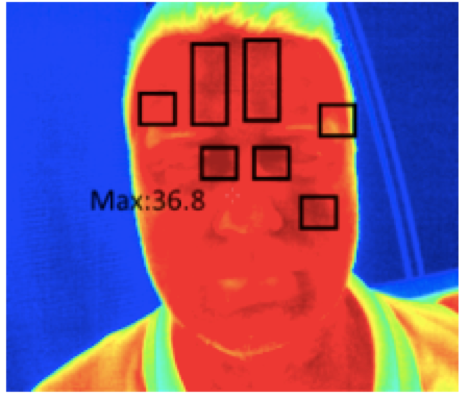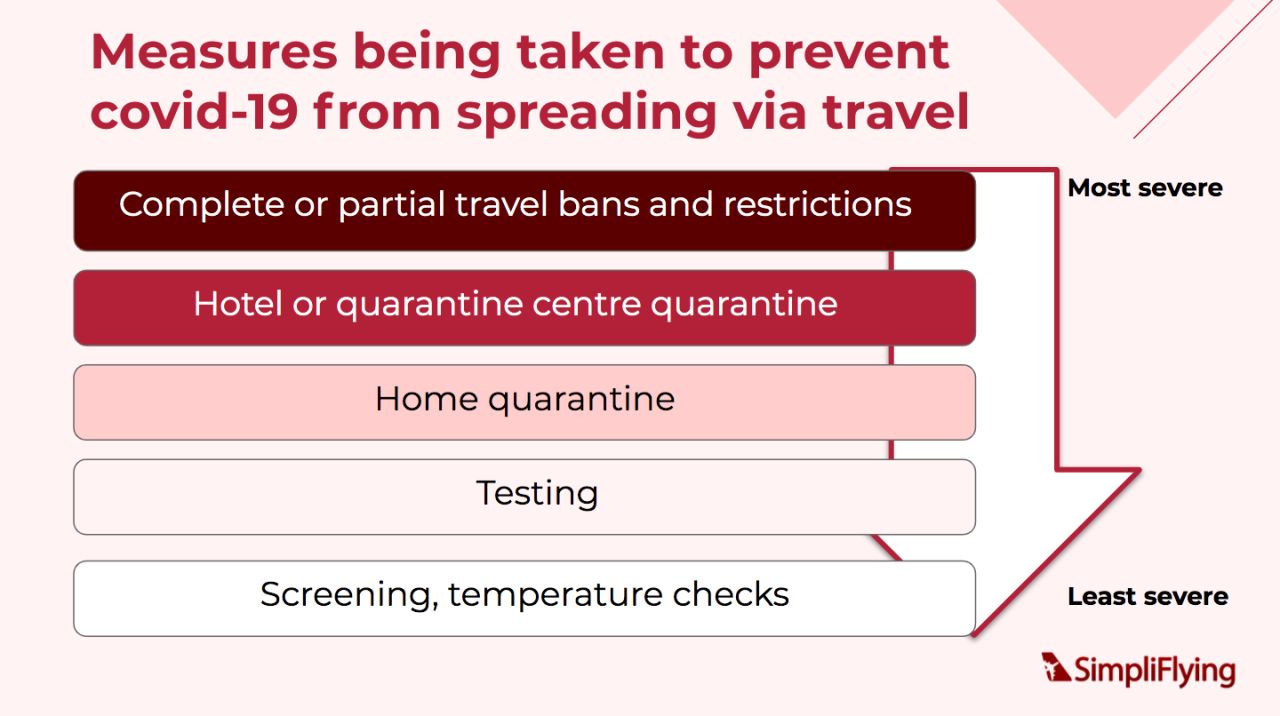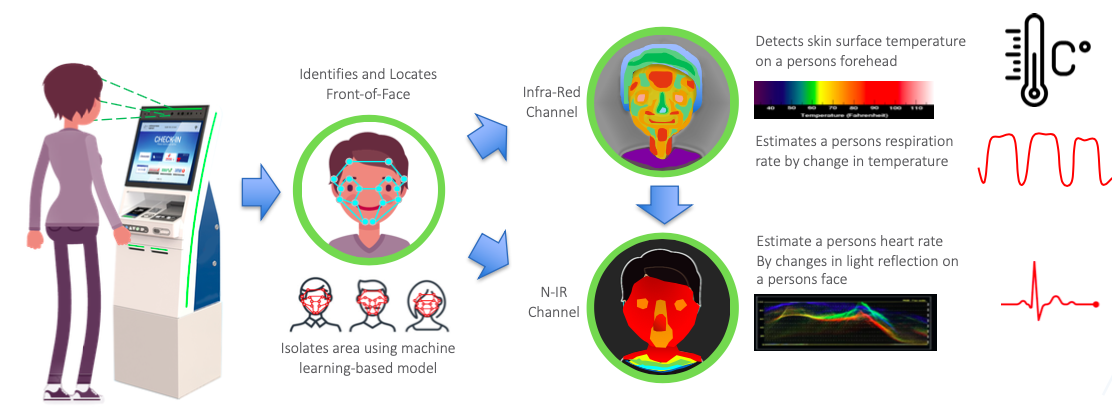This is a guest post written by Ilya Gutlin, the CCO at Elenium Automation and one of the finalists of the SimpliFlying Launchpad.
While airlines stand to lose approximately 314bn USD in revenue this year, there are countless personal stories of people who need to travel for family reasons, myself included.
I had planned to go to Toronto to help my eldest daughter start her first year at university. However, the new travel restrictions had made it near impossible to travel. First, I would have had to incur a two-week quarantine in Canada, which would be followed by a two-week quarantine in Singapore. Not to mentioned the uncertainty that I may not even be able to enter Singapore from Canada, upon my return. Needless to say, my daughter ended up leaving without me.
I definitely support ACI World who have called to replace quarantine with a robust testing program. I would have had no issues being tested in Canada and in Singapore, for the privilege of travelling, to help my daughter get a good start in the next stage of her life. Although, testing alone won’t save the day.
A combined approach to combat virus spread in travel
Last month, an alarming report published by ProPublica discovered that of 26,000 anonymously tracked smartphones on the Las Vegas strip, thousands of the same devices were later spotted in every contiguous U.S. state but Maine. This is great reminder of aviation’s unique capability to spread people, and thus a virus like COVID-19, around the country at great speed and ease.
To fight the problem, the aviation industry, spearheaded by ACI World, IATA and ICAO, is suggesting risk-based guidelines to encourage countries to adopt uniform processes so passengers have clarity on the opening and closing of borders, as well as health testing in between.
A risk-based approach means testing should be applied to passengers travelling between countries, where there is a significant risk, while proportionate measures like health screening should be applied to passengers that come from low-risk locations, or to people who don’t travel at all,e.g., airport staff or crew using personal protective equipment.
Why Many temperature checks fail
We all have read stories stating that temperature checks are not reliable, especially on hot summer days. That is due to the sudden increase in demand for low-cost temperature screening.
Many providers are using lower resolution thermal sensors, intended primarily for functions in home appliances or intrusion and movement detection. For example, thermopile and pyroelectric technologies often claim an accuracy level of -/+0.5 degrees Celsius. However, their low resolution can only detect raised skin temperature and not the specific areas of raised body temperature.
 |
 |
| Low-cost sensors will not have the capability to return values specific enough to a location on a person’s face that is exhibiting febrile skin. This will result in a higher false-negative rate. | Higher resolution sensors detect more temperature points on a person’s face. They can determine the temperature in a 2-3mm² area of interest from 0.5 meters. |
The ability to measure different areas, like the tear ducts where blood vessels flow close to the skin’s surface, helps to provide a reliable reading of actual body temperature.
Choosing an accurate and reliable screening solution
When it comes to health screening, speed and accuracy are of great importance. In the words of one of aviation’s greats, Charles Lindbergh, “Accuracy means something to me. It’s vital to my sense of values. I’ve learned not to trust people who are inaccurate. Every aviator knows that if mechanics are inaccurate, aircraft crash.”
Without accuracy, health screening is a thinly veiled tactic to put passengers minds at ease without actually filtering the individuals who are unwell.
There are various factors to take into account when deciding on the best screening solution:
Environmental factors
The greatest factors impacting relative accuracy and reliability of temperature readings are ambient temperature and humidity. A viable solution needs to compensate for this through thermal management, emissivity correction calculations and real-time calibration using thermal reference sources.
Elenium Vitals measures changes to ambient conditions and applies a compensating calculation to the result. Moreover, its thermal sensor is housed within a protective thermal barrier that helps minimise the impact of changes to ambient conditions.
Manual vs. automated contactless thermometers
Taking a temperature reading from the correct location on a person’s face is also critical to ensuring a reliable body temperature reading. Simply targeting the centre of a user’s forehead or taking an average temperature across their face will lead to false-negative results.
This is why, when screening is not conducted by trained medical professionals, the human-operated thermometers in public places may miss the elevated febrile skin. Manual screening methods put the administrator at risk of contagion, providing an opportunity for the virus to spread via the person that is supposed to prevent it from spreading in the first place.
Luckily, this is rarely the case for automated temperature checks, like the Elenium Sensor Array, which detects temperature using a combination of near-infrared camera and a thermal sensor.
- The near-infrared camera output determines the position of a person’s forehead in a frame.
- The location of the forehead, tear ducts and temples are then mapped and provided to the thermal sensor.
The risk of measuring the temperature from a different person is minimised and is not impacted by a foreign object such as a hot cup of coffee.
Measuring vital signs for higher accuracy
Studies have shown that monitoring key vital signs – temperature, respiration and heart rate – can predict if a patient has a respiratory disease like influenza or COVID-19 with 93% accuracy, compared to just doing temperature screening which only has a 65% correlation.
Elenium Vitals has been stress tested to FDA guidelines and ISO standards in a variety of environmental scenarios, indoors and out. It is currently in use in airports and hospitals, including trials at Abu Dhabi Airport with Etihad Airways and healthcare facilities in Australia and the US.
Pre-flight health questionnaire
Many airlines have been introducing pre-flight health and wellness checklists where travellers must verify they haven’t had any COVID-19 symptoms in the past 72 hours or have come into contact with someone who is symptomatic. While the checklist operates on the good faith of passengers to tell the truth, it is a way to add an extra layer of protection against the virus.
Elenium Vitals offers the ability to include a question and answer process as part of the health screening. Then depending on passengers’ vital signs and responses, they may interact with staff members remotely, via onscreen video conference, keeping employees out of unnecessary risk.
Long term commitment to health screening
In the end, the world will recover from COVID-19, our children will become more independent and many of our practices will change but increased attention to hygiene and health screening will continue. Proportionate measures that are trusted and accurate will help limit the use of more severe ad hoc restrictions.
Elenium Vitals offers a solution with tested accuracy that can swiftly evaluate key vital signs on a one-to-one basis while overcoming environmental impacts such as sunlight and air temperature. The value is in a tested, efficient solution that allows staff to focus on their job while reassuring all entering the premises that their well-being is taken seriously and protected.
Get in touch to discuss how you can protect your passengers and employees
The Elenium Vital signs product is currently undergoing regulatory approvals as a medical device in some jurisdictions. Please contact us to find out what features are available in your location.
The SimpliFlying Launchpad curates market-ready technologies and matches them with airports and airlines looking for urgent solutions on everything from sensitisation to contact tracing. Our upcoming track on MedTech in Aviation is in October!


